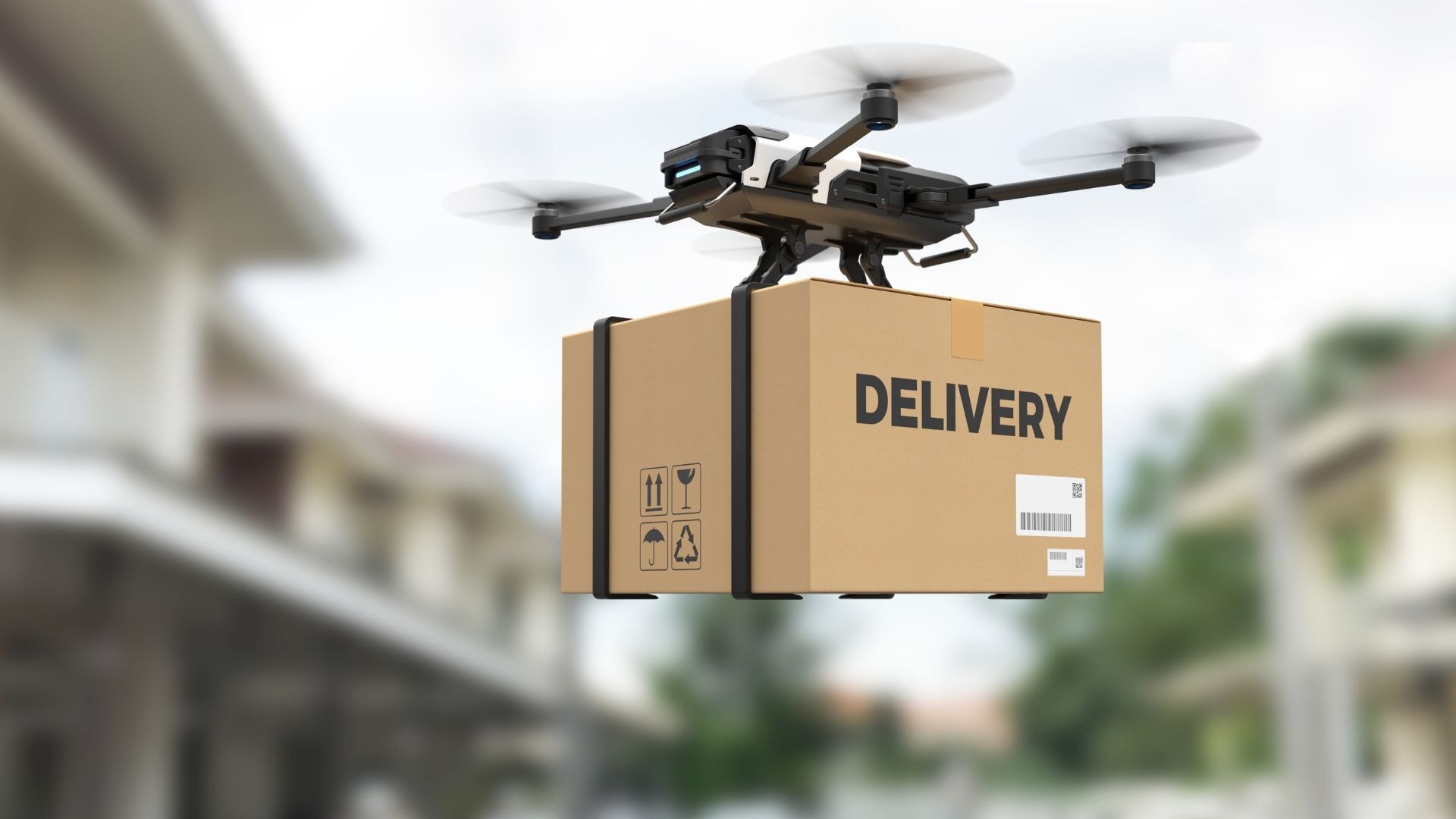A delivery drone operated by Amazon’s Prime Air program crash-landed near a residential apartment complex in the Phoenix area on May 21, raising new concerns about the safety and oversight of commercial drone operations. No injuries were reported, and the drone itself didn’t sustain major damage, but the sudden crash caused alarm among residents.
According to local news station AZFamily, this marks the first known crash in the area involving Amazon's drone delivery service, which only recently launched in Phoenix. Amazon attributed the crash to “factors outside of its control” but did not elaborate further.
Prime Air drones are designed to deliver lightweight packages—five pounds or less—within a 7-mile radius in under an hour. Customers pay an additional fee for the rapid delivery option. However, this isn’t the first time Amazon’s drone operations have faced scrutiny. Earlier this year, the company paused drone deliveries in both Phoenix and College Station, Texas, citing the need to update drone software following an earlier incident at a test site in Pendleton, Oregon.
While Amazon hasn’t confirmed whether this crash will delay further rollout plans, the company had previously expressed intentions to expand Prime Air to more cities by the end of 2025. It remains to be seen whether technical setbacks and public safety concerns will alter that timeline.
Why This Matters — And Where AirSight Fits In
Events like this highlight a critical gap in how drone activity is monitored in urban environments. While the FAA regulates commercial drone operators, real-time awareness of drone flights—especially when something goes wrong—is limited for local authorities and the general public.
AirSight’s AirGuard drone and pilot detection solution helps fill that gap by giving security teams, city officials, and critical infrastructure operators the ability to detect, track, and investigate drone activity in real time. If AirGuard had been deployed near the affected apartment complex, local responders could have known immediately that a drone was malfunctioning and approaching a populated area. That insight could enable faster communication, improved situational awareness, and more informed responses when public safety is at stake.


